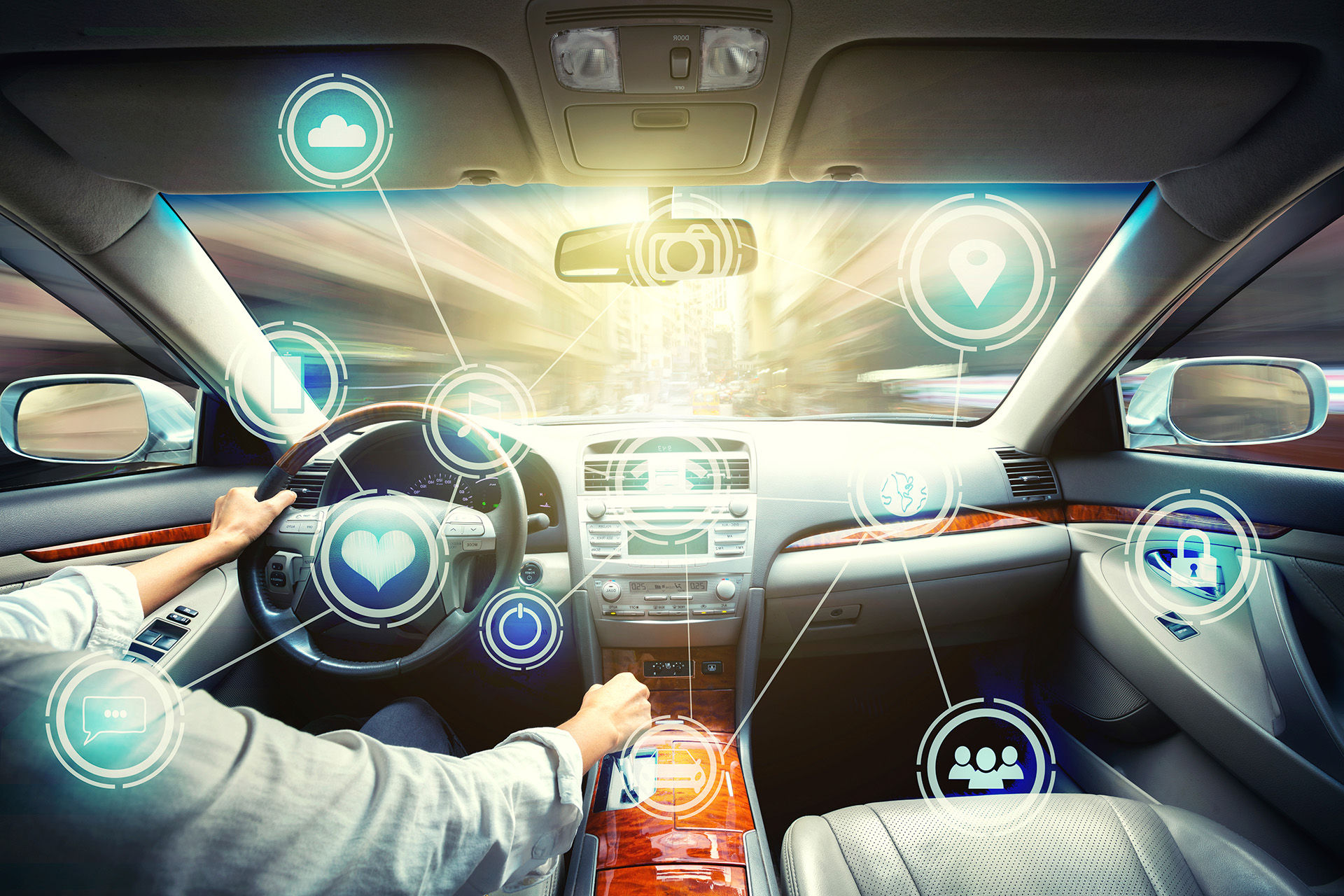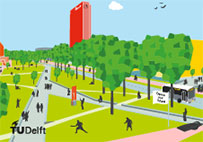Track: Wireless Communication and Sensing

Degree: Master of Science Electrical Engineering, Track: Wireless Communications and Sensing
Credits: 120 ECTS, 24 months
Type: Regular study programme
Mode: Full-time
Language of instruction: English
Start: September
Is WiCoS the programme for you?
If you want to become successful in the field of Wireless Communication and Sensing (WiCoS), the answer might very well be yes. This is because you will be trained in the fundamental disciplines, while receiving a broad perspective on the application domains. You will be challenged to become an independently thinking and broadly developed professional who is able to solve future problems, yet unknown, using novel concepts, yet unknown. Success in becoming so follows from your education at TU Delft in a stimulating environment and being involved in cutting-edge research programmes.
Wireless Communication and Sensing Education
Wireless Communication and Sensing systems are a strongly expanding and integral part of our modern society. Because of those systems, we can live more safely, securely, healthy, comfortably and more sustainably. They shape society in profound ways and their impact will become only bigger. Providing your education in those fields, the WiCoS track is a highly multidisciplinary master level educational programme in Electrical Engineering (EE) at TU Delft. Related to faculty expertise, it focuses on wireless technology as well as network design & management. The programme provides fundamental knowledge for societally important developments, some of which are the following:
- 5G (and beyond) communications
- Autonomous driving
- Environmental and medical sensing
- Internet of Things
Each of the themes above offers a manifold of practical applications. For example, sensing encompasses applications in medical imaging, weather forecast and weather nowcast, traffic control, Earth monitoring, (deep) space observations and security applications.
The programme takes 2 years and is fully conducted in English. It offers challenging high-level education and research to talented students holding a BSc degree in technology or science.
WiCoS Scope
The scope of the programme can be summarized as covering wireless communication, wireless observation and sensing and communication networks.
Wireless communication systems, e.g. cellular networks (4G, LTE, 5G) and Wi-Fi (2.4 GHz, 5 GHz, 60 GHz), are continuously evolving towards further improved services (higher data rates, better coverage, serving more users) at lower cost (more efficient spectrum use and low power techniques). New developments in wireless communication systems include the use of highly directive beams (Massive MIMO), ad hoc networking, dynamic spectrum access, and (low power) sensor networks. New standards such as 5G and beyond will integrate Wi-Fi and support wireless sensor networks, e.g. the Internet of Things (IoT) and vehicle sensor communication. All of them evolve toward achieving a higher efficiency, more flexibility, increased robustness and safety and security.
Wireless sensing and observation technologies are developed in parallel and based on similar techniques. They are widely deployed in a broad spectrum of applications from health care to space. Microwave and Terahertz sensors and remote sensing systems are used to collect up-to-date information required e.g. to enable autonomous driving, to support reliable weather observations and forecast, to diagnose and treat human diseases, to manage crop health on large areas of the Earth surface and to provide real-time observations for security and disaster prediction applications. The needs for this kind of information is vastly increasing to efficiently manage and safeguard our complex society.
Communication networks (as well as other complex networks) rely to a large extent on decentralization and self-organization. While decentralization removes obvious vulnerabilities related to single points of failure, it requires the management of a higher complexity and sophisticated design to optimize performance. The Internet is a clear example: there is no global control centre, and obtaining complete information on its global state is an illusion. Additionally, a complex type of vulnerability appears in such systems. For instance, denial of service attacks, power failures and computer viruses are imminent threats to all computer networks.
Other students also viewed:



